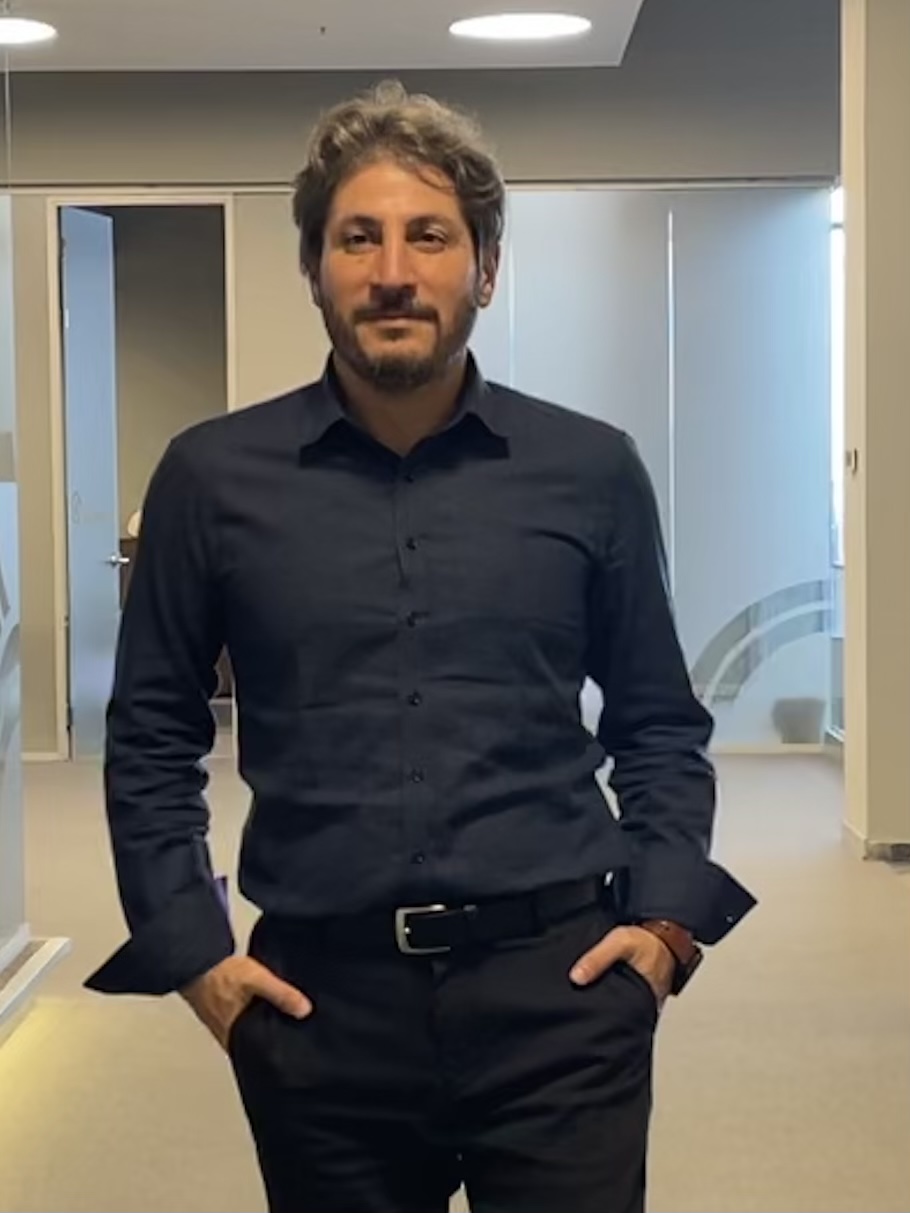
Cost analysis in the production of goods and services are the basis for the feasibility of the work. Factors such as energy, labor force, raw material, tax legislation, sales market, capital, investment recovery time required for the material or service to be produced are analyzed. The entrepreneur will make the investment whose feasibility it deems appropriate. In the purchasing process, there is no need to analyze the goods and services in this way. They are the most effective data source suppliers in the market research that a purchasing specialist will do for the product to be purchased. Suppliers create market conditions by making the necessary analysis for the products they sell. The first step the purchasing specialist will take when conducting market research is to collect prices. The collected prices are evaluated in a comparison chart. This table provides a basis for subsequent negotiations. The feasibility study performed by the supplier while placing the product on the market is not an evaluation tool for the purchasing process of costs, gains or losses. However, these issues need to be evaluated if a long-term study with the supplier is considered. While conducting market research, another issue besides collecting prices is to decide on the method to be applied for the continuation of the goods or services to be purchased. Issues such as price fixing, stocking, long-term contracts, finance, exchange rate and energy relations are important in determining the method to be applied in purchasing. Factors such as raw materials, energy, exchange rates and interests affect the costs of goods and services. The change in these costs will reflect indirectly on the purchase cost. Therefore, when conducting market research, attention should be paid to the continuity of the goods and services to be purchased and market research and monitoring should be done accordingly.
We can gather bargaining techniques under two main headings. The first method is active bargaining. This method is usually applied when the time to meet the needs is short. The buyer actively forces the seller to negotiate and tries to meet the terms he wants. This method speeds up the procurement process and meets the need in the required time. The second method is passive bargaining. In this method, the buyer receives the offer from the seller and proceeds with passive negotiations during this time. This method can be used when there is a long-term convenience to meet the need and provides better conditions than active bargaining method.
- Log in to post comments

